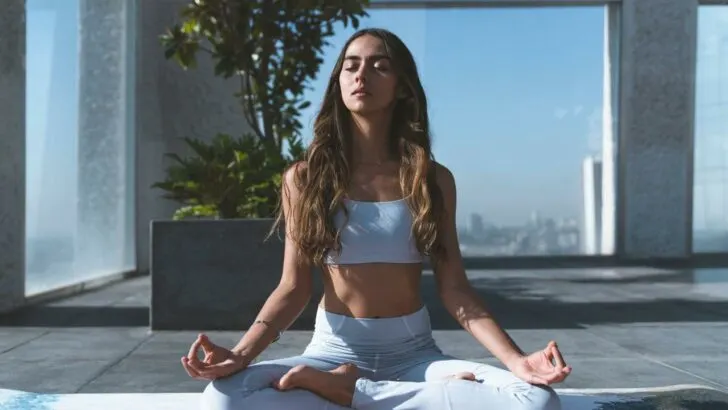Have you ever heard to “take yoga off the mat”? Or that yoga is more than just a physical practice? But wondered what more there is to yoga beyond the poses and sequences? You’re not alone! The world beyond the physical practice is vast, oftentimes confusing, and unfortunately not taught as extensively as yoga poses.
Maybe you have dived into yoga philosophy but find that the translations are off or not applicable to living your modern life. Fear no more dear reader, today we are breaking down the 8 limbs of yoga, the most common yoga philosophy path. Most importantly I’ll give you examples of what each step on this path means in our lives today. Because let’s face it, our lives look nothing like the monks who dedicate their lives to these practices!
What is the purpose of yoga?
Before we can even begin to understand what the 8 limbs of yoga are, it’s essential to know what exactly yoga is. In the West, we generally miss what the entire point of yoga is and why we practice it. What we often refer to as modern yoga, and what we mainly see in the West is asana. This is one of the 8 limbs but is far from what yoga at its true essence really is as it’s only a small portion of the practice as a whole.
The word yoga itself comes from the Sanskrit word “yuj” which is commonly translated as “to yoke” or “to unite”. When you think of yoga as a term then, I invite you to think of it meaning to unite your mind, body, and soul. Uniting different layers of yourself, uniting the duality (opposites) that we have in our lives, uniting our connection to ourselves, and to a higher power, universal consciousness.
There’s no doubt that you’ve heard countless sayings, listened to songs, or watched TV that addresses the concept that we are all one. This is what yoga is about. It’s about understanding that we are one with each other, as well as universal consciousness. From the start, we all come from the same place, the same connection (think the Big Bang).
Whether you choose to believe in a higher power or not does not have to affect if or how you practice yoga. But knowing that yoga is a practice to connect us with our true essence, with the divine, with universal consciousness lays the groundwork for understanding that yoga’s purpose is really about finding and maintaining that connection, the union, as best we can.
How we can keep and maintain that strong connection to universal consciousness is laid out in the yoga sutras.
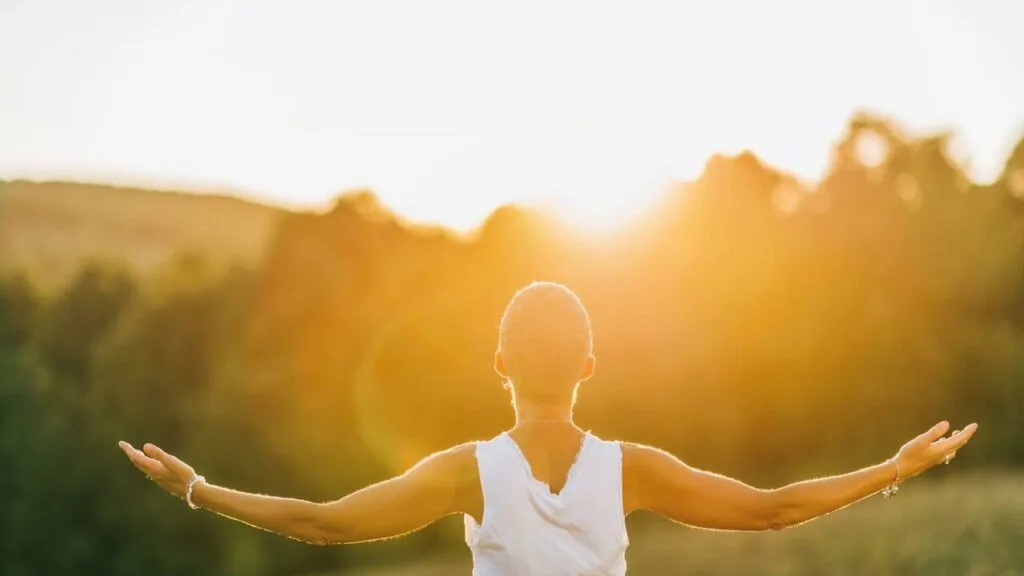
What are the Yoga Sutras?
To give you a quick definition, I explain the yoga sutras as the bible of yoga. Think of the sutras (scriptures) as a guidebook for practicing yoga in its true form. The sutras lay out yoga theory and introduce yogic concepts for how to live your life in order to find, cultivate, and practice living in union with ourselves, each other, and universal consciousness. When we have this connection we are able to find peace, bliss, and enlightenment. Once we have reached these moments or times, it’s believed that we will then be able to live a life free of suffering.
The yoga sutras date back to as early as 500 B.C., so we’re talking about some ancient knowledge here. Patanjali is who many think created the 8 limbs of yoga. He is a sage associated with the yoga sutras who is credited with the earliest writings of the sutras.
To keep things simple: think of the yoga sutras as the outline for how to practice yoga in your day-to-day life on and off of your mat. The sutras are where you can return to again and again to refine your practice of uniting on all levels: spiritually, energetically, mentally, emotionally, and physically.
What are the 8 Limbs of Yoga?
The eight limbs of yoga are the path laid out in the famous text of the yoga sutras. This is why you’ll usually hear the 8 limbs of yoga referred to as the 8-limbed path. Others may refer to the 8 limbs as the 8 pillars of yoga. The concepts of the 8 limbs of yoga are the steps needed in order to find enlightenment, which is a connection to the divine (aka the same source we all came from and are a part of).
The 8 limbs of yoga are a framework to help us find more meaning and fulfillment in our lives to create inner peace, self-realization, and enlightenment. This is done both for ourselves and for humanity as a collective. To relate this concept to modern times, following the 8-limbed path is a guide to becoming our highest selves. Not for the sake of success or ego, but to reconnect with our true purpose for being. When we are our best selves we can more easily access peace and bliss every day. When we are most blissful, so are others!
When the 8 limbs are followed and put into practice we can find blissful serenity in our everyday lives without becoming monks and dedicating all living hours to yoga. Though if that’s the path you wish to choose I say go for it!
Now let’s define what each limb actually is so you can put these practices into your daily living even while not actively practicing “yoga” on your mat!
I should also mention that the 8 limbs can act like stepping stones. Each limb leads into the next, however, you can also use the limbs more holistically and incorporate them into your life as needed to work best for you. There’s no right or wrong way to follow this path.
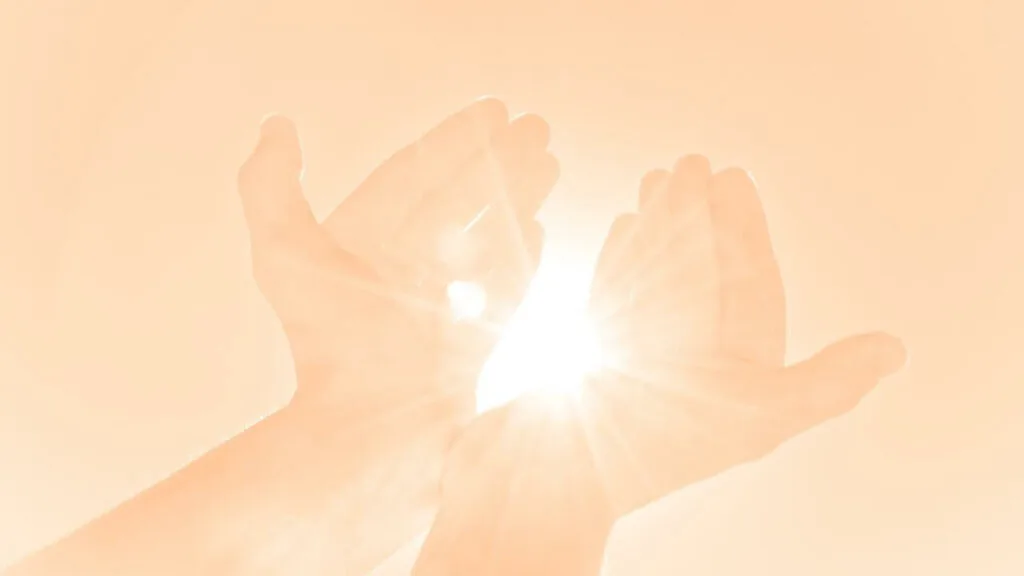
The Purpose of the 8 Limbs
Yamas
The Yamas are moral constraints. However, this popular translation I find to be quite restrictive so I prefer the translation from the book Tantra of the Yoga Sutras. According to the author and founder of ISHTA Yoga, Alan Finger, the 5 Yamas are ways to deprogram mental patterns.
Have you heard of limiting beliefs? What about mental blocks? The Yamas is yoga’s way of helping us to remove ideas or beliefs that we think keep us safe. The 5 Yamas explained briefly are:
Ahimsa
Practicing kindness towards ourselves and others while releasing aggression. Ahisma is being free of violence of any kind. Harsh words, anger towards life, or pushing yourself to the point of injury are some examples of where you could practice more kindness instead.
Satya
Letting go of lies or anything that is untrue. This could be really small things like telling yourself that you’re going to read before bed but secretly knowing that you won’t. Maybe reading before bed isn’t that important to you and you’re lying to yourself when you actually don’t want to do it.
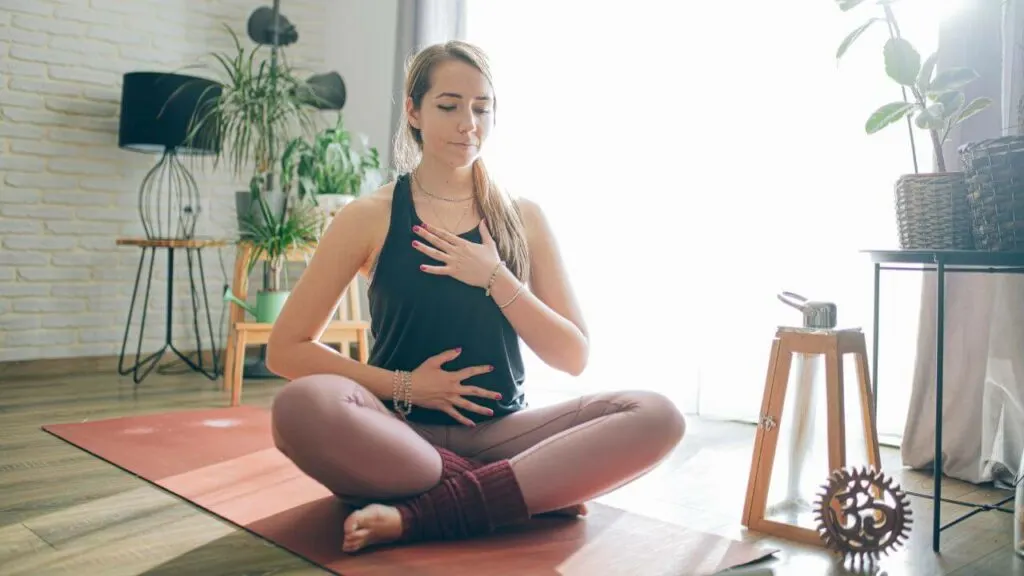
Asteya
Commonly translated as non-stealing, Asteya also encompasses clearing wants of what other people have (easier said than done, I know!). This means not stealing ideas or wants that are someone else’s. For example, do you really want the house, kids, and the whole shebang? Or is that someone else’s (or society’s) want?
Brahmacharya
This is often translated as moderation. This is also where people get the idea that you must reframe from sex, but please note that this definition of Brahmacharya comes from a religious context. Brahmacharya can also mean that you use your creative potential for the greater good. Like how an artist uses their creations to brighten people’s homes, or an engineer creates new ways for things to function better and serve many people.
Aparigraha
Generosity or non-attachment. When you are able to let go of the need or want to have things then the objects, people, or places that you gave attachment to no longer hold you to that thing. Imagine that piece of clothing that you adore gets stolen. Attachment would mean that you’re upset when it’s lost. Non-attachment would mean that you recognize that it’s served it’s time for you and that another amazing piece will be provided.
Niyama
There are also 5 Niyamas that are called the 5 observances, or ways that we can reprogram ourselves to live in balance.
Sauca
Most frequently translated as purity, this translation is clear, but I find makes this Niyama sound too elitest. More welcoming is the translation that Sauca is creating order and cleanliness in our lives in all aspects. This could mean cleaning up who you follow on Instagram – muting or deleting any accounts that don’t make you feel great. Practicing Sauca could also mean setting boundaries between you and your mother-in-law, or energetic practices (like breathing) to help centre and calm you each day.
Santosha
Santosha is being content with oneself, one’s life, purpose, Karma, and Dharma (to put it a few ways!). More simply, practicing Santosha is practicing acceptance. When you are able to accept where you’re at in life and what is happening, life feels a little easier. My biggest journey in this regard was learning to accept my body as it is despite it being not what society deems to be “healthy” or what I should be striving for.
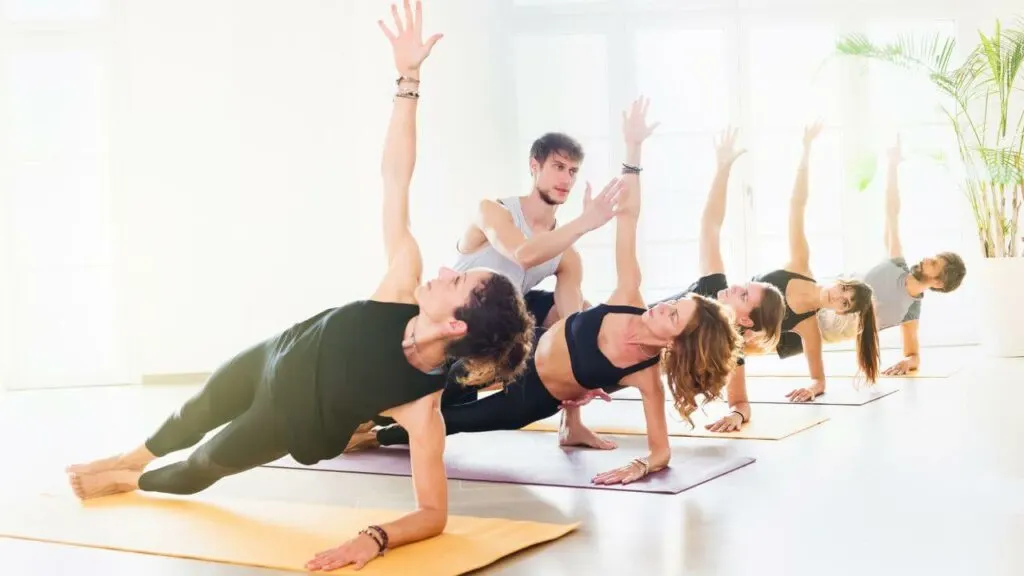
Tapas
These next 3 Niyamas are very much so interlinked and feed each other. Tapas is discipline. It’s the focus and determination needed in order to evolve (or grow). Evolving could mean making more money, understanding yourself better and your habits, connecting more deeply to a higher power or physically becoming stronger at the gym. Tapas, this focus, can be applied to any area of your life.
Svadhyaya
Svadhyaya goes deep because it’s the practice of self-study, which leads to self-awareness. Becoming aware of yourself means you’ll be able to notice your habits. Once you are able to understand your habits you can take better care of yourself and practice Tapas (discipline in order to evolve).
Ishvara Pranidhana
You can put in all the effort and focus you want. You can know yourself deeply. But without Ishvara Pranidhana, surrender, it will be a lot of giving with no receiving! Surrender to the unknown, to universal consciousness, to the effort, focus, discipline, and care that you’ve already put in. In other words, take a break and let things work out as they will.
Asana
There are 196 sutras in the yoga sutras and only 3 talk about Asana. Asana is the physical practice, the time on the mat, and moving. It’s practiced so that we may sit comfortably and stable while in meditation, and so that we may practice strength and surrender in order to release distractions from our senses. In short, we move so we can be still.

Pranayama
Pranayama is all about how to use the breath. Breath control is a simple and powerful tool to help calm the mind and is practiced using various techniques in yoga. I would like to make it clear that breathwork and Pranayama are not the same. While they are similar, Pranayama uses the breath to help control the mind, while breathwork is used more so for a deep inner journey.

Pratyahara
Pratyahara is the withdrawal of the senses in order to master the senses. The aim here is to no longer have your senses controlling you as you draw your attention inwards. Imagine there is construction outside of your window that is stopping you from concentrating because it’s distracting. The practice of Pratyahara is drawing your sense of sound inward so that the noise is no longer a distraction.
Dharana
Dharana is when you are in a “flow” state. You are concentrating so much or are so involved in what you’re doing that noise, light, touch, nothing distracts you from what you’re doing. When you are so involved in something it has your full and complete concentration. While Pratyahara is drawing your attention inwards, Dharana is focusing your attention.
Dhyana
Dhyana is when the “flow” state becomes effortless. The distractions fall away and your concentration no longer feels like concentration, you’re just in it. For you this state could be while you’re making art, working on a project you love, or sitting by the water watching the waves. For me, I find it most often when I am writing and teaching yoga.

Samadhi
Samadhi is the final limb and means pure bliss. It’s a connection to universal consciousness. It’s being so fully absorbed in the moment that you forget where you are and feel, as the translation describes, bliss.
What’s next?
- Don’t know what to focus on first and would love some guidance? Sacred Exploration, my yoga and coaching privates would be ideal for you.
- Begin your journey inward to better understand how to make your practice support you and your needs in my 30-day Journey Home program
- Practice yin & vinyasa styles classes with me on YouTube!

